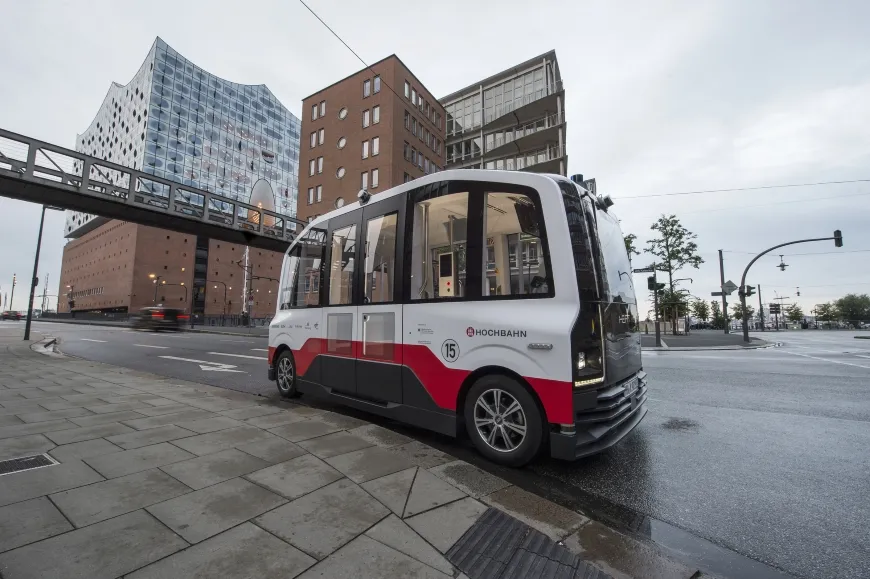Doug Spencer-Roy, EastLink’s corporate affairs and marketing manager, said that trial sites need to be mapped in high resolution to allow self-driving car prototypes to be conducted under controlled conditions to test their safe operation.
Additionally, the process can also support the company’s maintenance activities, by allowing the details of the tunnel infrastructure to be viewed in 3D when planning maintenance work, Roy added.
The self-driving cars are pre-loaded with a Lidar map of the trials area. In addition, the vehicle’s built-in Lidar scanner aims to capture a real-time Lidar view of the vehicle’s surroundings.
EastLink says the autonomous driving system compares the real-time Lidar view against the pre-loaded Lidar map to increase the accuracy of its self-positioning system. The solution also intends to identify objects that it needs to avoid such as pedestrians, cyclists, animals and other vehicles.
Andrew Wildblood, Telstra Enterprise’s executive director growth, said: “Drones are an important emerging technology that will have many applications and benefits for our business, our customers and the wider community.
“Telstra will continue to play an important role in this space, with our world class network enabling our customers to take advantage of drone technology now and into the future. Telstra has a dedicated cross-company drone team that are actively exploring the efficiency, cost reduction and safety benefits that drones can deliver our customers, like EastLink, across a number of different industry sectors.”
Drone captures map of EastLink tunnel for self-driving car trials
EastLink has used an aerial drone from Telstra to capture a Lidar map for its Mullum Mullum tunnel in Australia to help support safe trials of fully self-driving cars. Doug Spencer-Roy, EastLink’s corporate affairs and marketing manager, said that trial sites need to be mapped in high resolution to allow self-driving car prototypes to be conducted under controlled conditions to test their safe operation. Additionally, the process can also support the company’s maintenance activities, by allowing the deta
April 9, 2018
Read time: 2 mins










